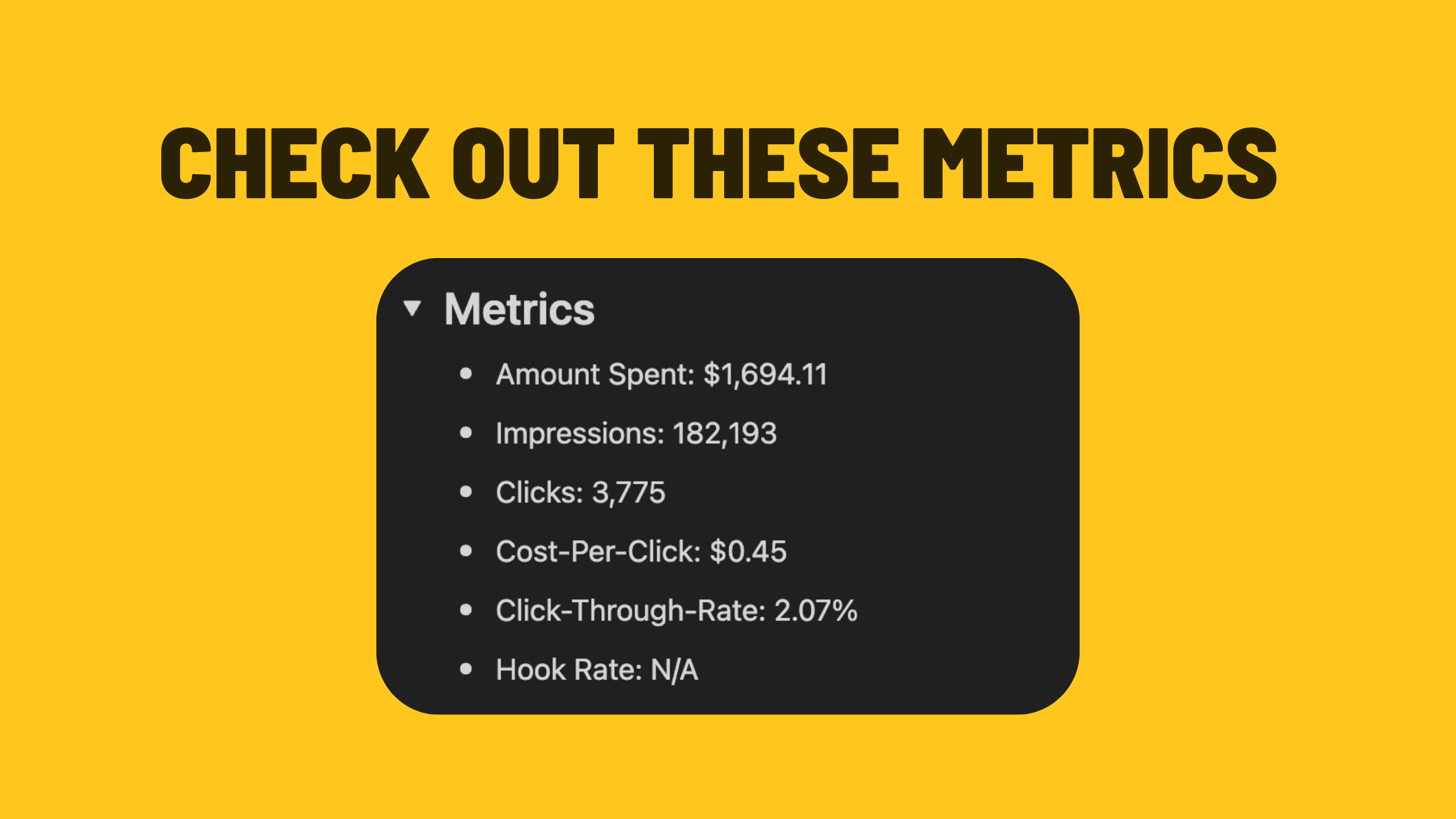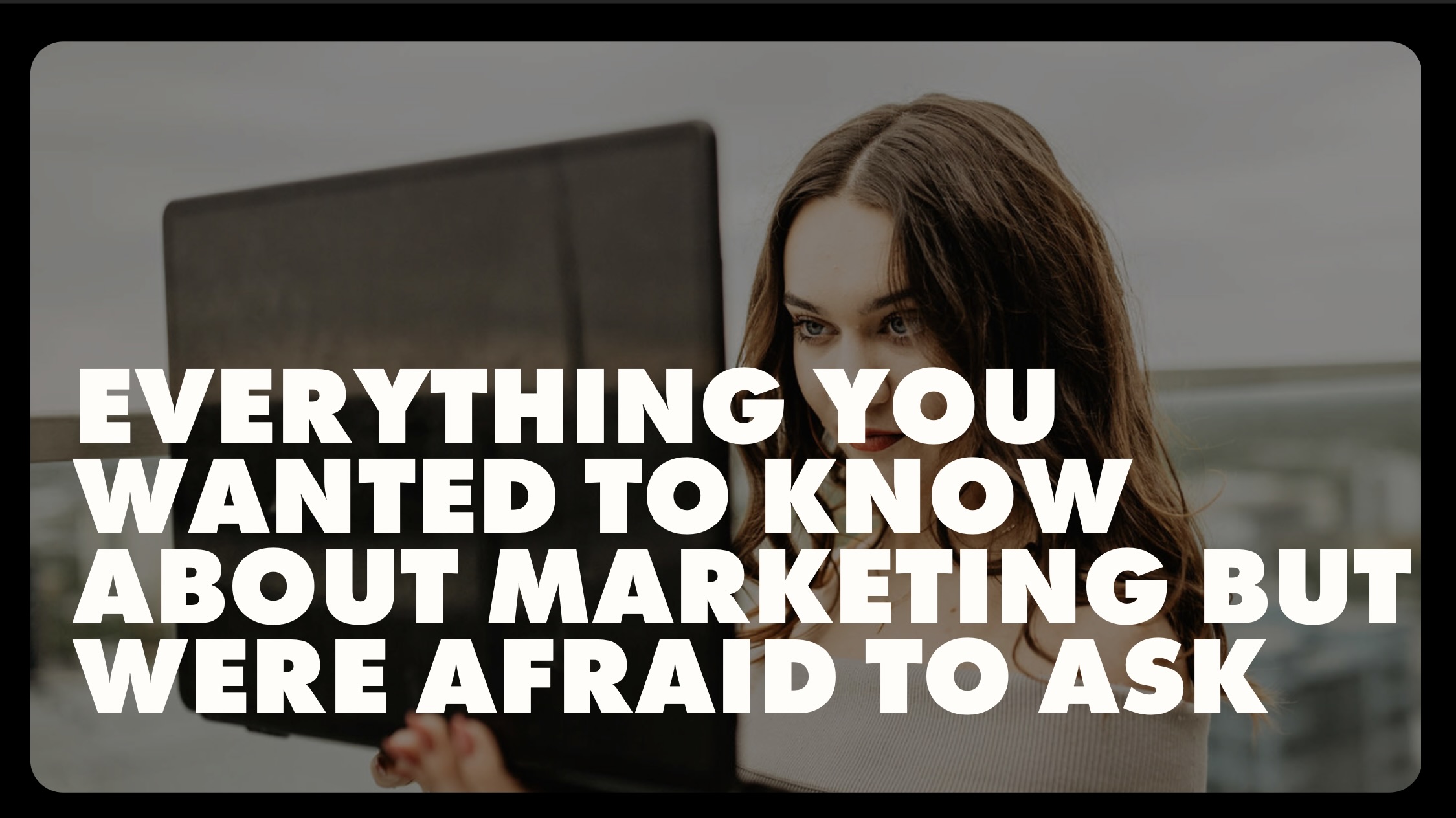How Often Should You Post on Social Media? Here’s What You Need to Know
We get it. Marketing can feel like a never-ending maze of trends, acronyms, and shiny tools. At MAD Social Agency, we hear the same qu

How Often Should You Post on Social Media? Here’s What You Need to Know
If you’ve ever found yourself wondering, “How often should I post on social media for my business?” — you’re not alone. It's one of the most common questions we get asked. And while there’s no one-size-fits-all answer, understanding the right frequency for your audience and your goals can make a huge difference.
So, let’s dive in and break down how often you should be posting on social media to maximize your impact.
1. Is there a ‘magic number’ of posts per week?
Short answer: It depends on the platform, your goals, and your audience.
The ideal posting frequency varies depending on your business, the platform you’re using, and what you're hoping to achieve. However, here are some general guidelines to help you get started:
- Instagram: 3–5 times per week (focus on quality, not quantity)
- Facebook: 3–5 times per week
- LinkedIn: 2–5 times per week (B2B tends to do well here)
- Twitter: 3–5 times per day (due to its fast-paced nature, posting more often is beneficial)
- TikTok: 3–7 times per week (consistency matters, but not at the expense of content quality)
2. Can I post too much?
Short answer: Yes, if you’re not providing enough value.
Overposting can cause your audience to feel overwhelmed or annoyed. The key is to strike a balance. If you’re posting too much, your content might start to feel repetitive, and people might disengage or unfollow. Focus on providing valuable content with every post.
Quality content, like educational posts, humor, or behind-the-scenes stories, keeps your audience interested. Don't sacrifice your brand's voice just to meet a posting quota.
3. Should I post daily?
Short answer: It depends on the platform and your resources.
Posting daily is a great strategy, but only if you have the bandwidth to create and schedule high-quality posts that resonate with your audience. If you can maintain consistency and keep the quality high, daily posting can help you stay top of mind and keep engagement levels high.
However, it’s better to post less frequently and maintain quality than to post daily and risk your content becoming stale or inconsistent. Focus on creating content that resonates and aligns with your goals.
4. How do I know if I’m posting enough?
Short answer: Track engagement and adjust accordingly.
The number of posts is important, but it’s more important to measure engagement. If your engagement drops, it might be a sign you’re not posting enough, or your content isn’t resonating with your audience. On the flip side, if you post more and engagement increases, then you’re likely hitting the sweet spot.
Use analytics tools for each platform to track metrics like likes, comments, shares, clicks, and saves. This will help you see if there’s a sweet spot for your posting frequency.
5. What’s the best time to post?
Short answer: It depends on your audience's habits.
Knowing when to post is just as important as how often you post. Generally, early mornings and evenings (around 8–10 a.m. or 6–8 p.m.) are prime times for most social platforms. But the best time for your audience depends on where they are, their time zone, and when they’re most active.
Check your analytics to find your audience’s peak times. From there, you can experiment with posting at different times and track what works best for engagement.
6. What about stories vs. regular posts?
Short answer: Stories should be used more frequently, while regular posts can be scheduled less often.
On platforms like Instagram and Facebook, Stories are a great way to stay active without overwhelming your audience with posts on your feed. You can post Stories daily (or multiple times a day) without overdoing it. Stories let you share more casual, in-the-moment content like behind-the-scenes, polls, or quick updates.
Your feed posts should still be high-quality and well-thought-out, so you don’t need to post as frequently as you would on Stories.
7. Can I schedule my posts?
Short answer: Yes! Scheduling posts is a great way to stay consistent.
Scheduling tools like Buffer, Hootsuite, or Later allow you to plan out your content in advance and schedule posts for optimal times. This is especially helpful if you have a busy schedule or want to make sure you're posting consistently without having to do it manually every day.
8. What’s more important: posting more often or engaging more?
Short answer: Engaging more is more important.
While posting consistently is crucial, engagement is even more important. Respond to comments, engage with your followers’ content, and keep the conversation going. Social media is about building relationships, not just broadcasting your message. So, even if you’re posting less often, your interactions with your audience can help boost your presence.
9. Should I post the same content on all platforms?
Short answer: No, each platform has its unique audience and content format.
While cross-posting can save time, you want to tailor your content to fit the platform. For example, Twitter thrives on short, punchy text posts, while Instagram loves beautiful imagery and video. LinkedIn leans more professional and long-form. Repurpose your content but adjust it to each platform’s unique style and audience expectations.
10. How do I stay consistent with my posting schedule?
Short answer: Plan ahead and batch-create content.
Consistency is key. Use a content calendar to plan out your posts in advance. Batch-create content when possible — for example, filming a month’s worth of videos in one go. This will make the process much easier and ensure you're not scrambling for content at the last minute.
Conclusion: Quality Over Quantity
At the end of the day, social media isn’t about posting for the sake of posting — it’s about creating content that resonates and drives action. While there are guidelines for how often to post, the most important thing is maintaining consistency and keeping your content valuable.
If you need help crafting a posting strategy tailored to your business, let’s chat. MAD Social Agency specializes in creating strategies that help businesses grow through authentic and consistent social media marketing.
Want to know more about posting strategies? Get in touch today, and we’ll help you create a customized plan for your business!
.svg)



